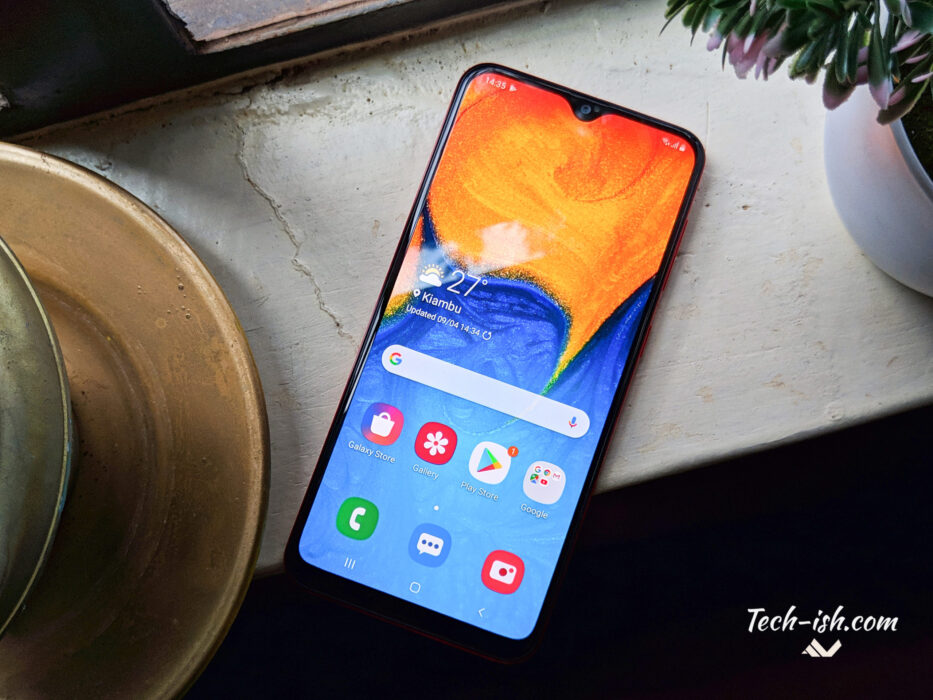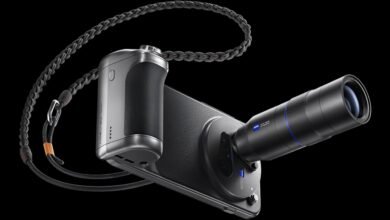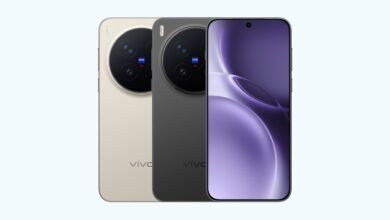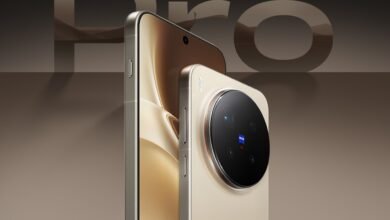
Out of nowhere, early this year, Samsung told us they’re planning to change the game. It sounded like the usual PR stuff. I didn’t believe them. They had lost their crown. Their so-called budget phones were very expensive, and there was no practical value-for-money in getting their devices unless you were buying the flagships.
But then, they launched, at once, 7 new phones for the Kenyan market. And they were all reasonably spec’d and greatly priced. The new A-series made all the difference for the brand in Africa in 2019. They’ve been the most sought after phones on this site this year, and the Galaxy A20 has been one of the phones I’ve recommended the most this year.
In December of 2018, as I wrote about my favorite phones of that year, I had the Galaxy S9+ at the top of my list. I had no other Samsung phone on the list. Samsung hadn’t launched anything significant worth having on that list. The J-series they’d announced that year sort of had boring specs. Plus the A-series of 2018 all felt incredibly overpriced. In that list, there was a Xiaomi, there was an Infinix, there was a TECNO, and there was a Huawei device. All of them were affordable devices, and all of them stood out for their specs vs price.
The reason Samsung had lost, at least according to me, was because they were busy selling the brand name forgetting that customers now cared a lot about specs. Transsion had taken over on that front.
But that changed in 2019, and according to the IDC’s Quarterly Mobile Phone Tracker, Samsung had a great year shipping 23.9% of all smartphones shipped in the third quarter of 2019. They came behind Transsion (TECNO, itel and Infinix) who boasted 36.2% of all Q3 units, with Huawei shipping 11.4%.
Samsung however was the clear leader in terms of value with 33.2% share, compared to Transsion’s 22.4%, and Huawei’s 15.6%.
In that report, a senior IDC research analyst says on Samsung:
“Samsung shook the market up this year with the launch of its new A series of devices, which combine excellent value for money with Samsung’s well-established brand equity. This move spurred a significant increase in Samsung’s shipments across most African countries.“
Samsung decided to join the spec game for the low-end smartphone segment, and it paid out well. In terms of year-on-year growth, they recorded a massive 61.4% jump compared to last year in the $100 to $200 smartphone range.
If say you decide to sample the number of people you know who’ve bought a phone in 2019, you’ll find a significant rise in the number of Samsung units bought this year over the last couple of years. Or even, just take a walk on a Kenyan street and see the number of people walking with a Galaxy A10, A10s, A20, or A30.
Local African brands have traditionally focused on filling in for the absence of global brands in the entry-level smartphone segment, so these latest developments have put them in a difficult situation, causing their volumes to decline 33.6% year on year in Q3 2019. – IDC Senior Research Analyst
Transsion hasn’t taken this competition lying down though. They’ve shifted strategy with twice-a-year launches – something Samsung has also done with the A-series. They’ve reworked their marketing with celebrities, and are doing literally so much to ensure they remain the smartphone king.
We’ve seen Transsion double down on the specs, increasing RAM and Storage options at lower prices with the recent Camon 12 Series, the Spark 4 series, the HOT 8 Series, and the S5 series.
If you look at all of Transsion’s latest devices, you’ll notice something: they’re all sort of competing against each other – which is weird. But that’s not the point. Check their prices. They all range between just below $100 and just above $200. That’s where they’ve been hit the most by Samsung. That’s where they’ve been hit the most by Huawei. That’s where the competition is at. That’s where the fight for African Smartphone King is at. That’s the main reason Transsion didn’t go all in this year with their “flagship” devices – neither the Phantom 9 nor the Zero 6 were massively advertised or sold.
Next year will be an exciting year for the below $200 smartphone segment.
- Xiaomi have shown serious interest in Africa. They have the money, loyal customers, and great devices. So it won’t be hard for them if they go in hard. This year, I’ve recommended dozens of the Xiaomi Note 7 and Note 8.
- VIVO has come to Kenya, and they say they have what it takes. They currently have a couple of devices already selling.
- RealMe might also launch in Africa as they’re doing so well in India.
- Huawei, despite the ban, might have other cards left to play.
- And Samsung doesn’t seem to want to back down given the A-series 2020 will all be announced soon.







